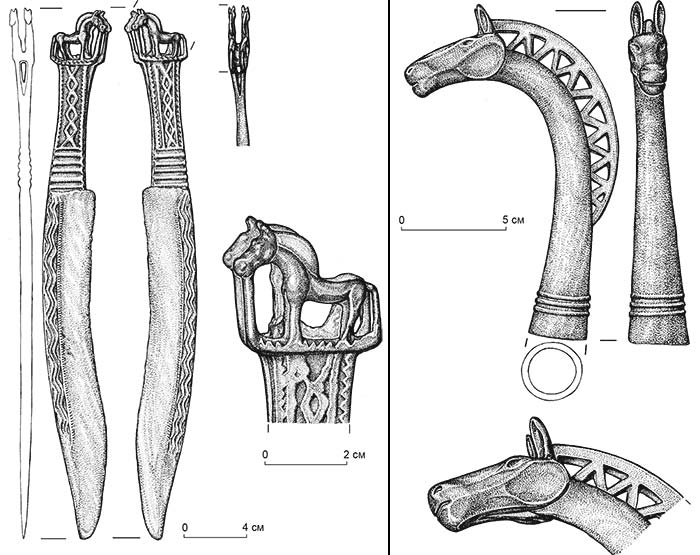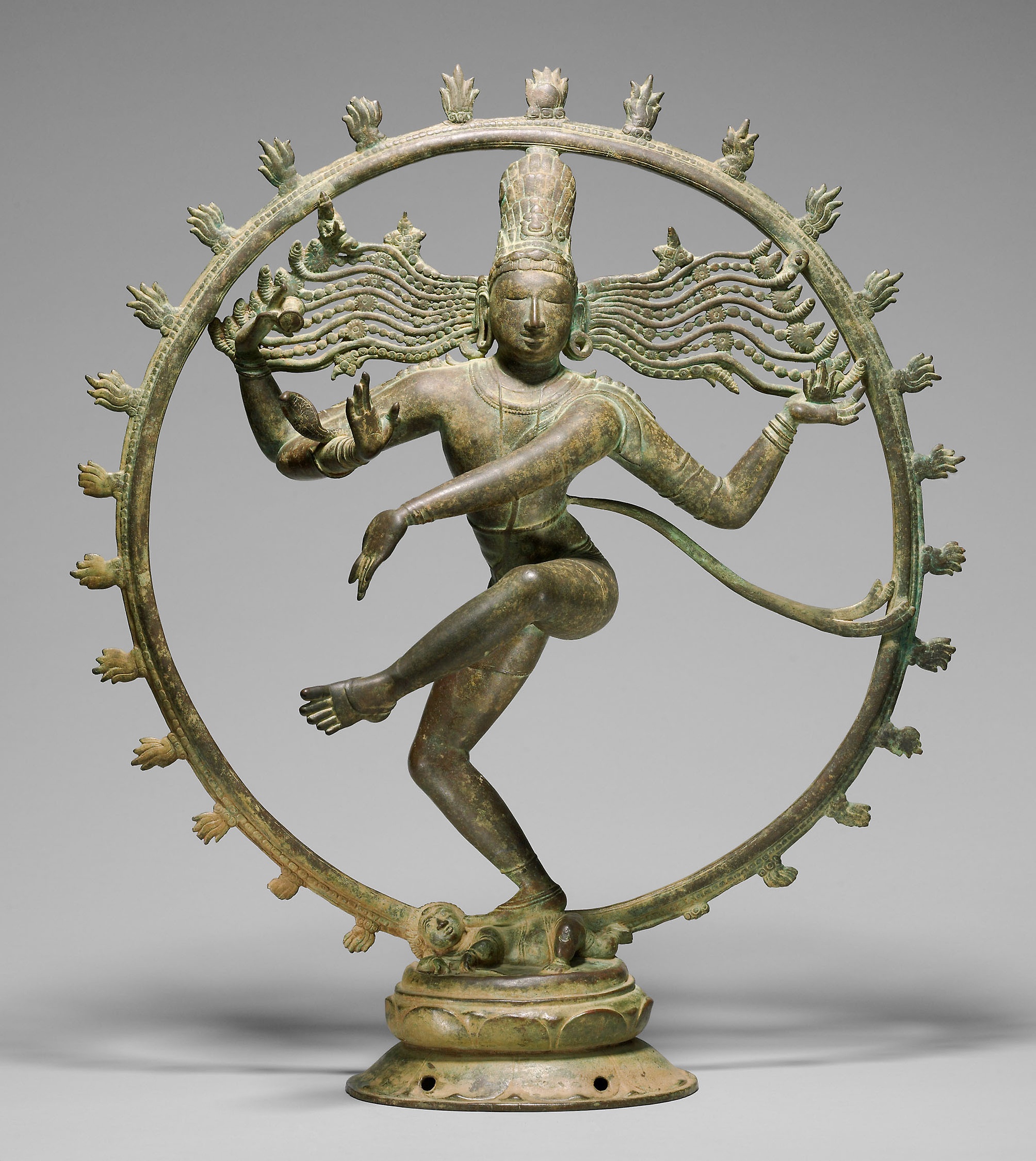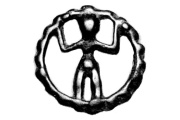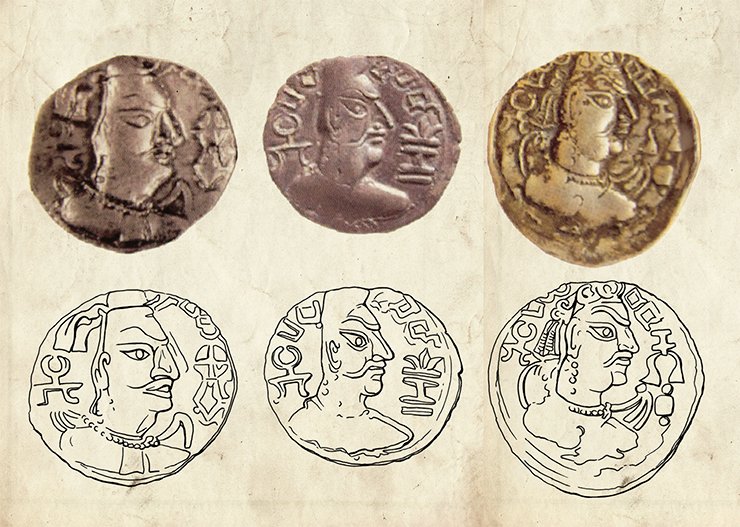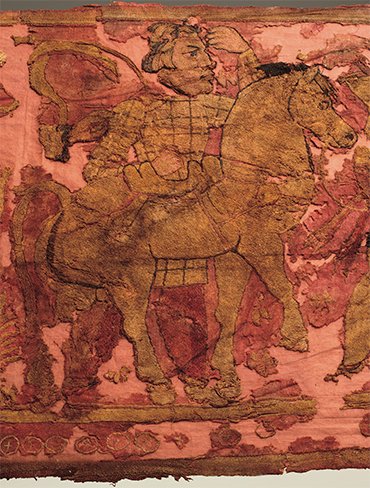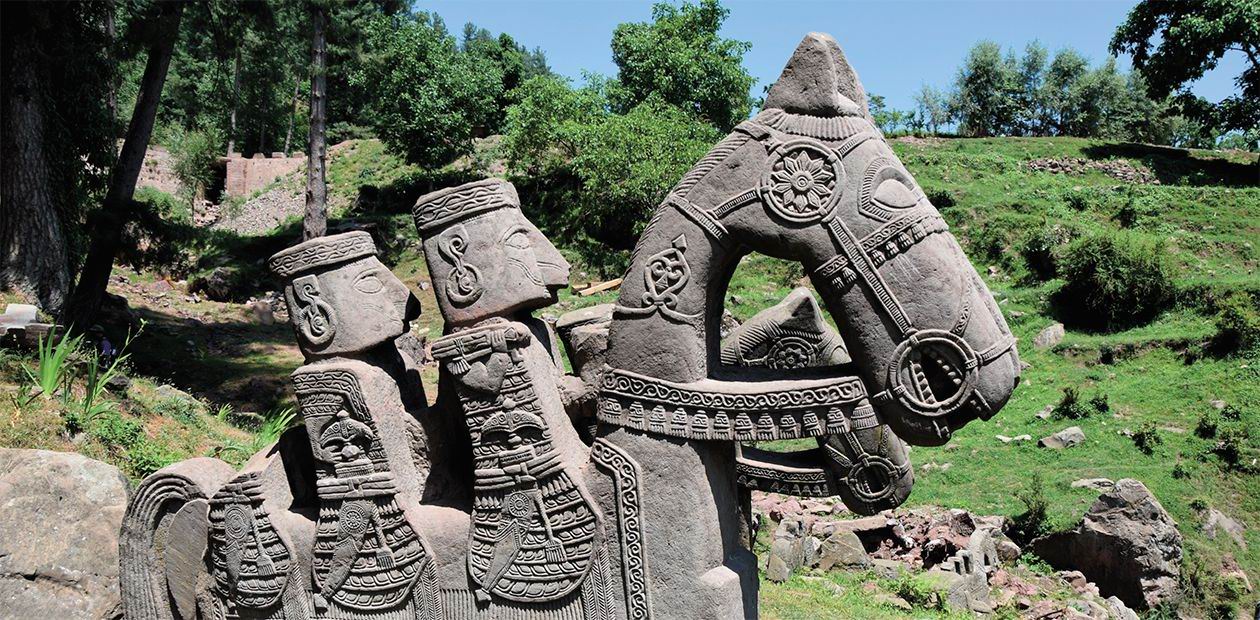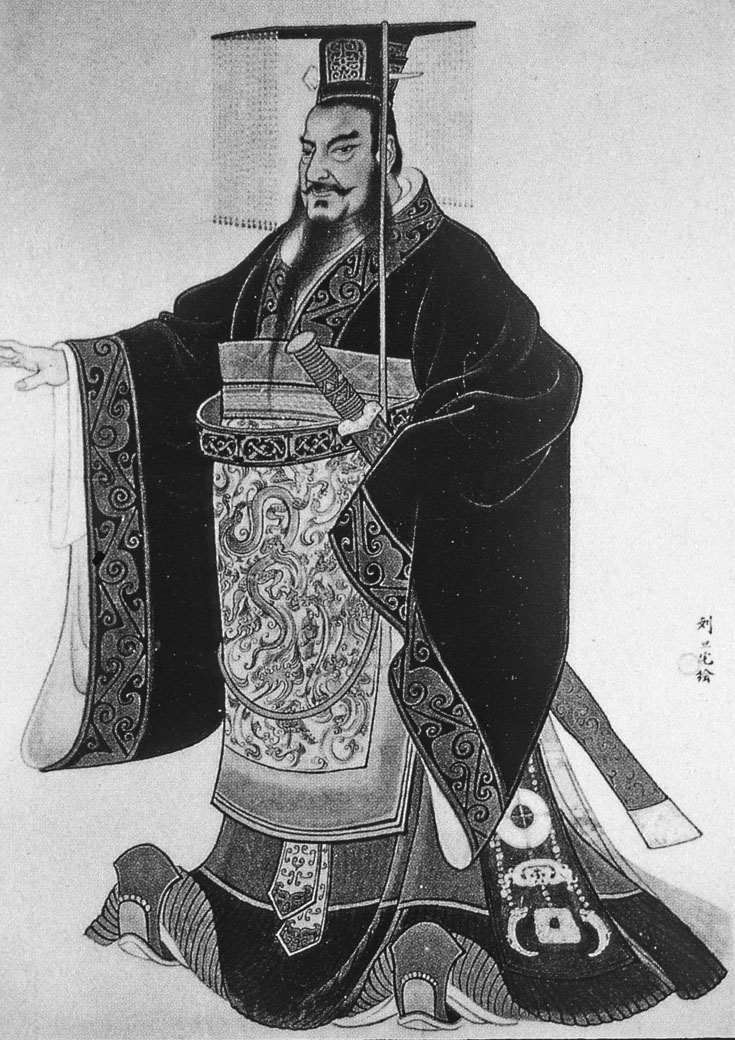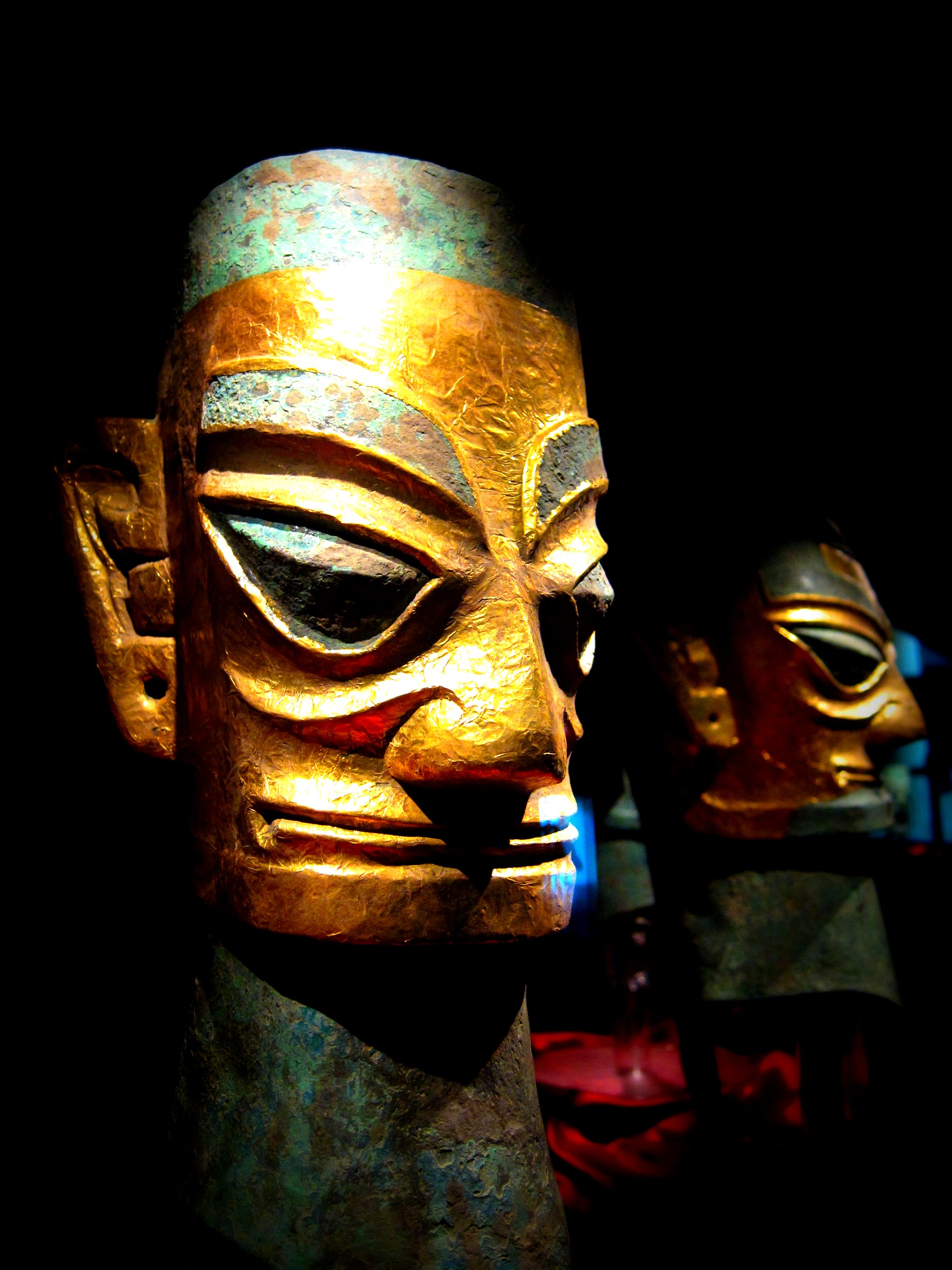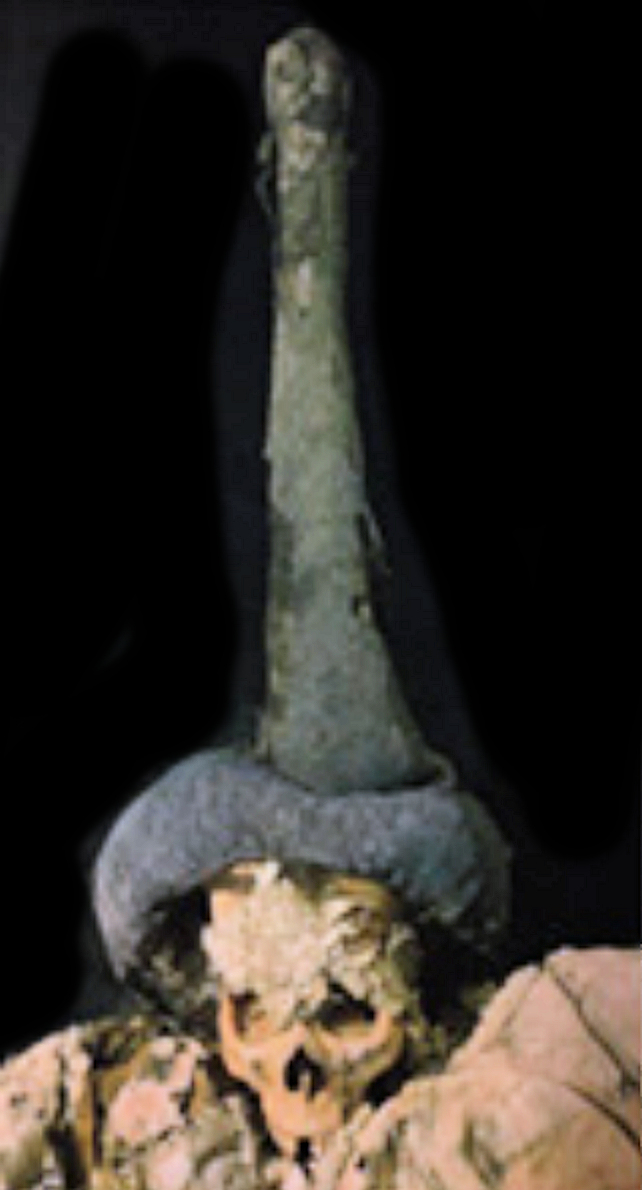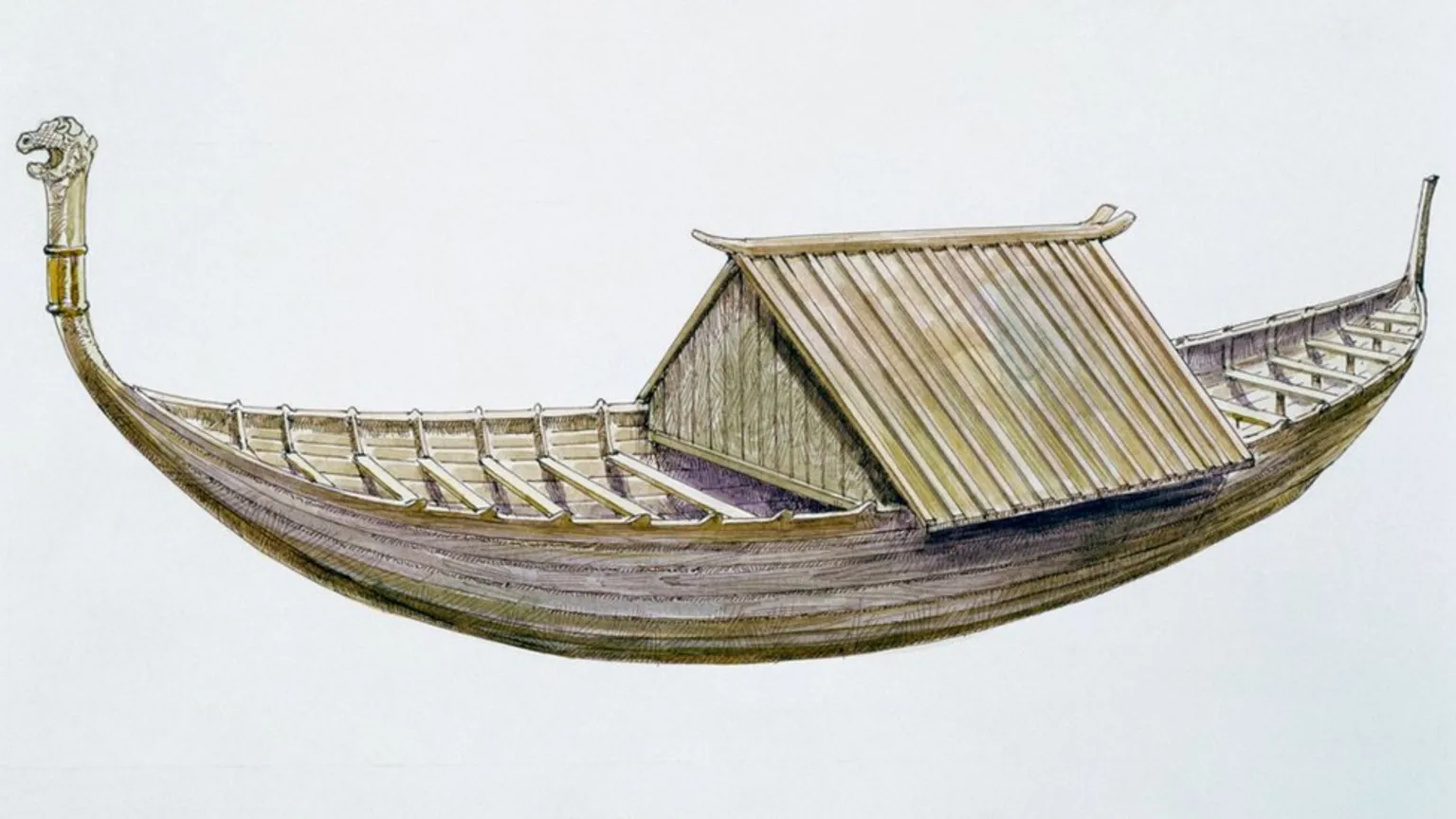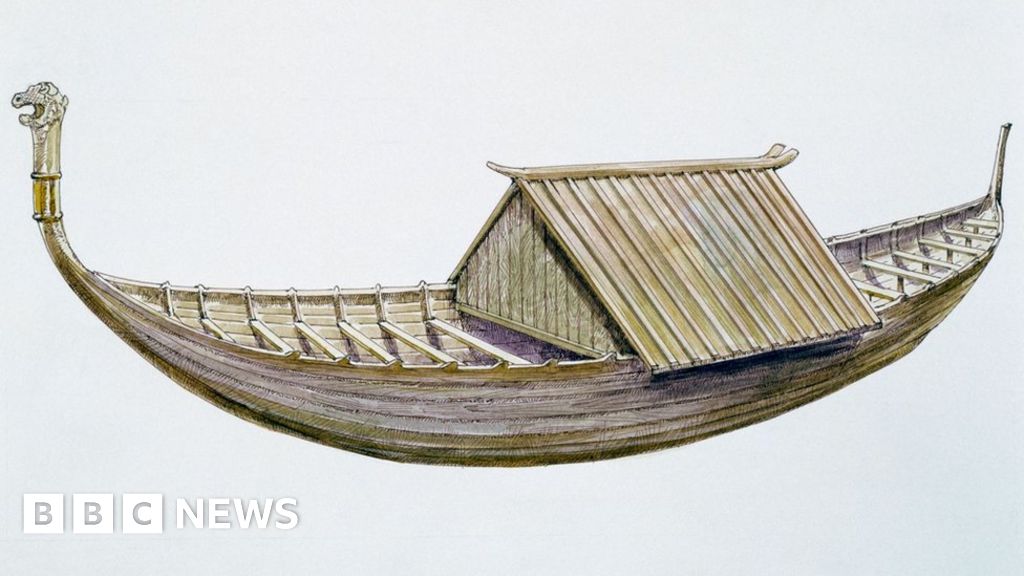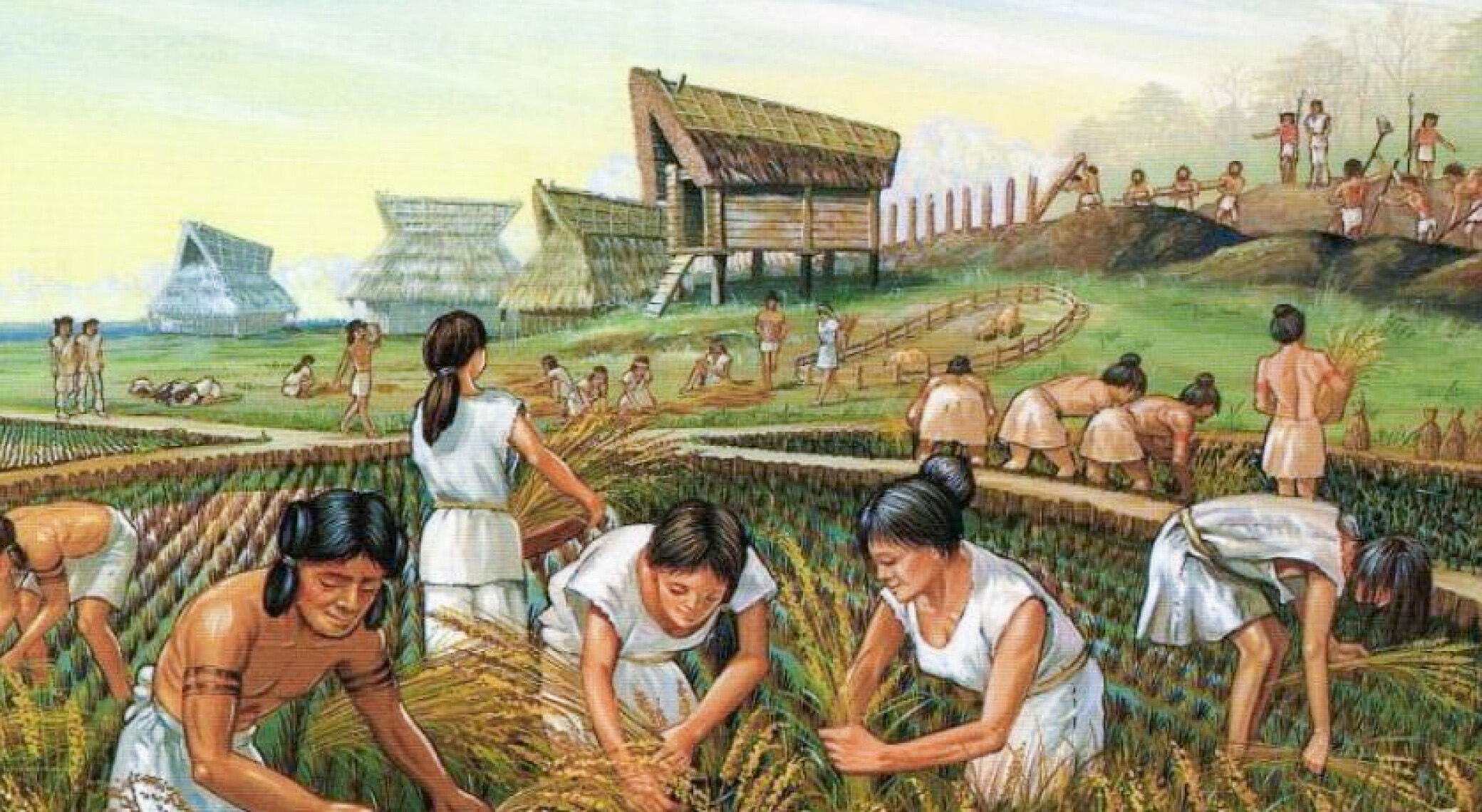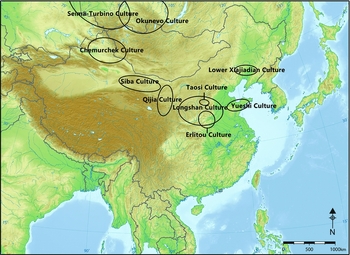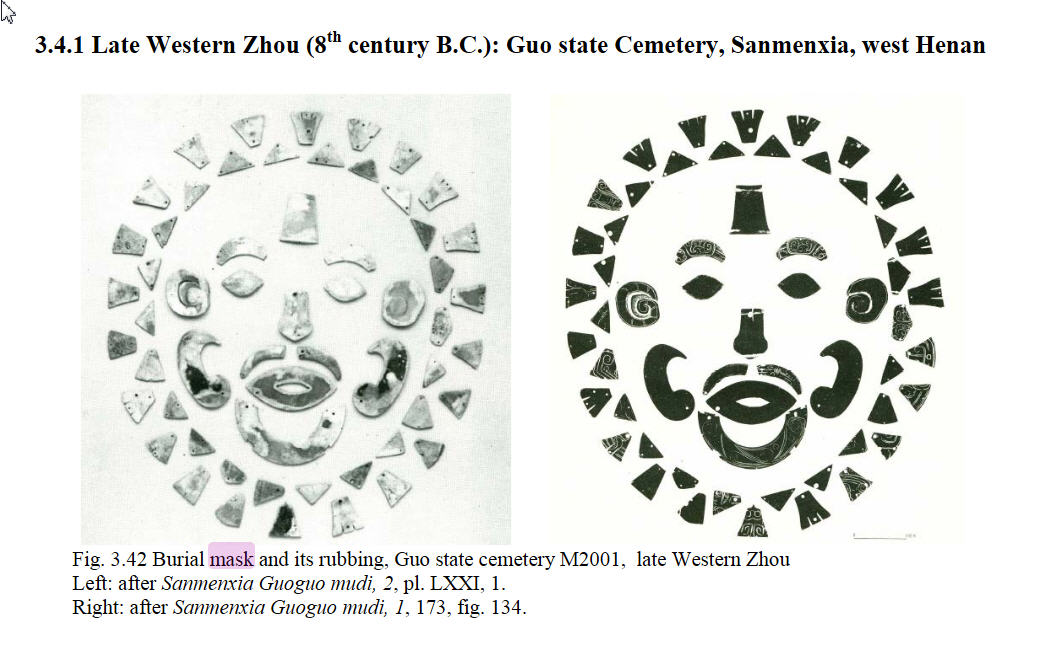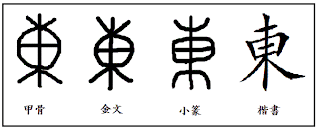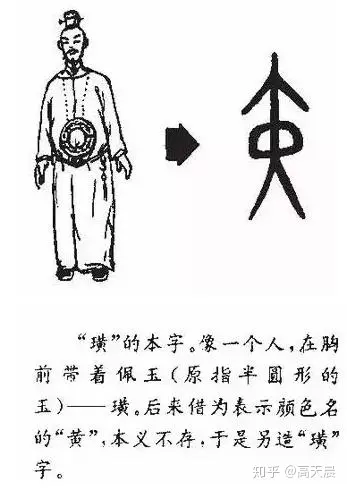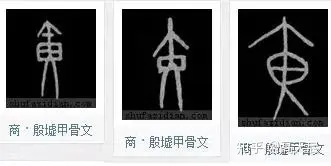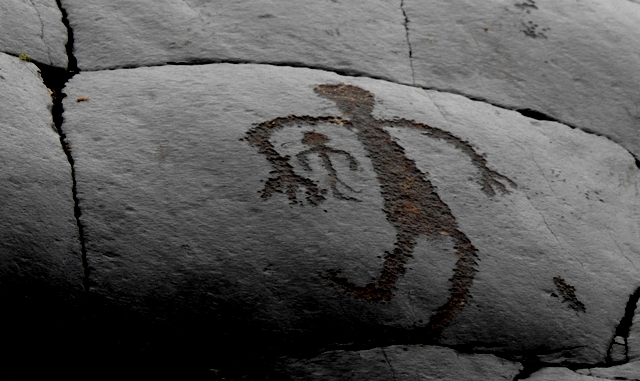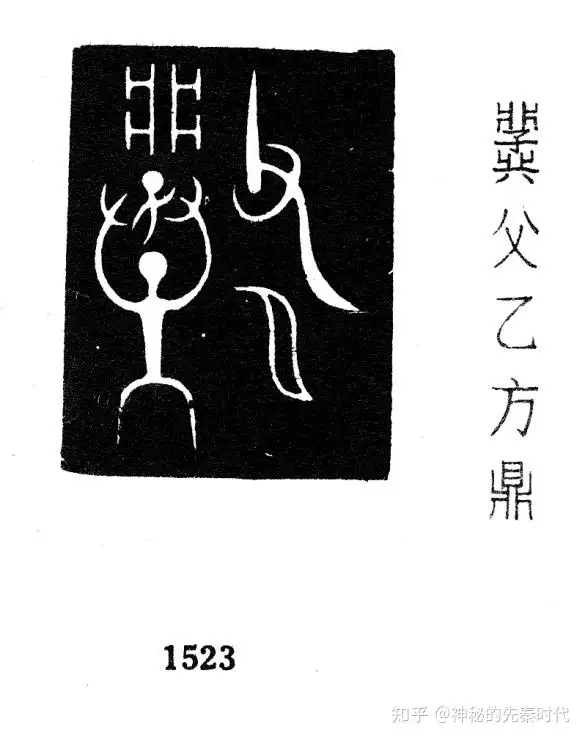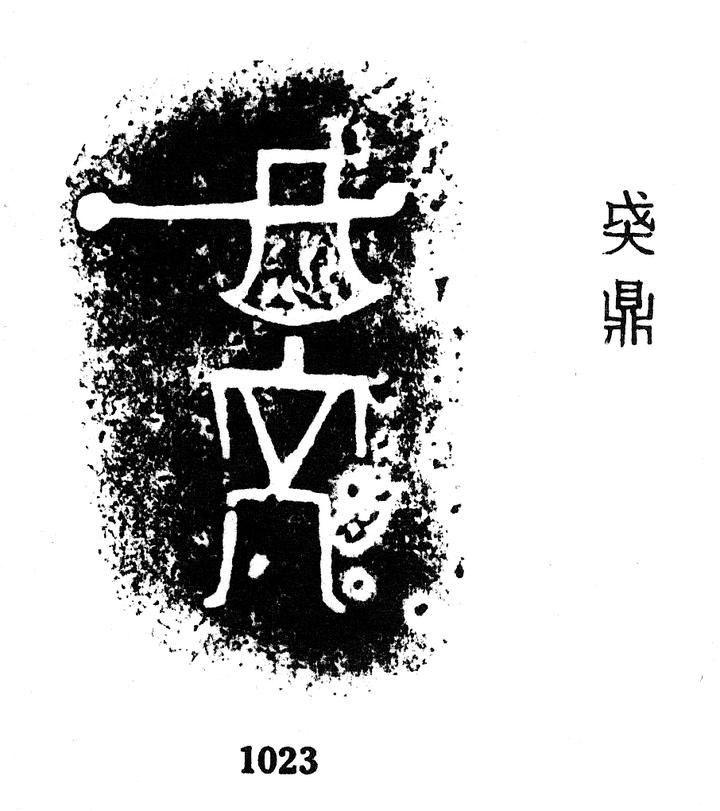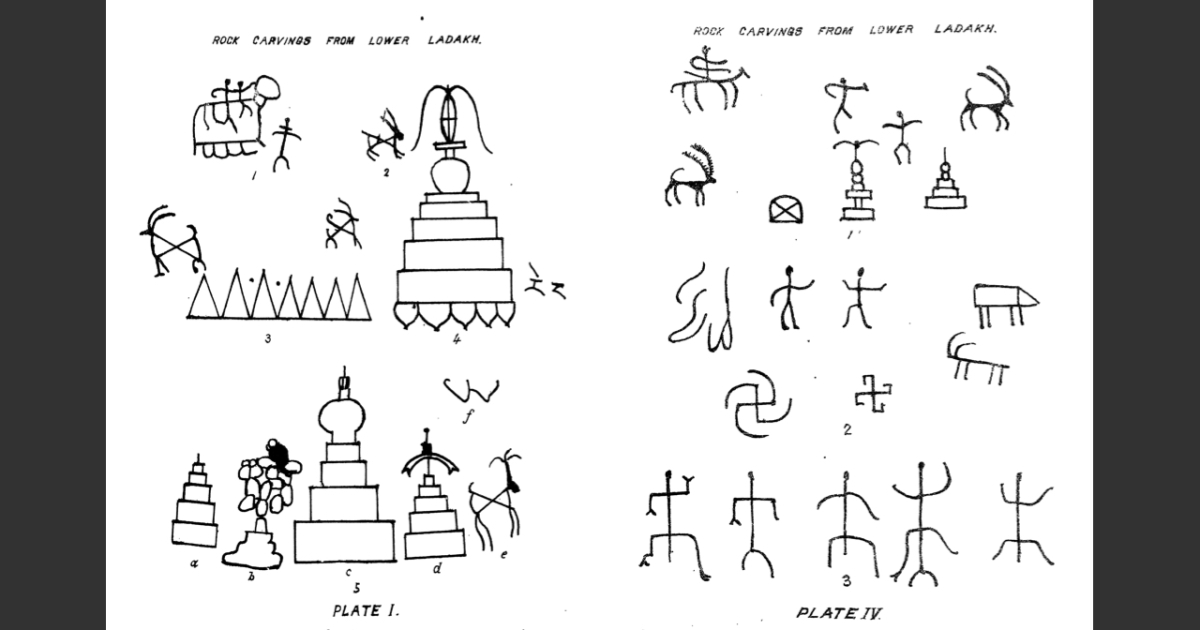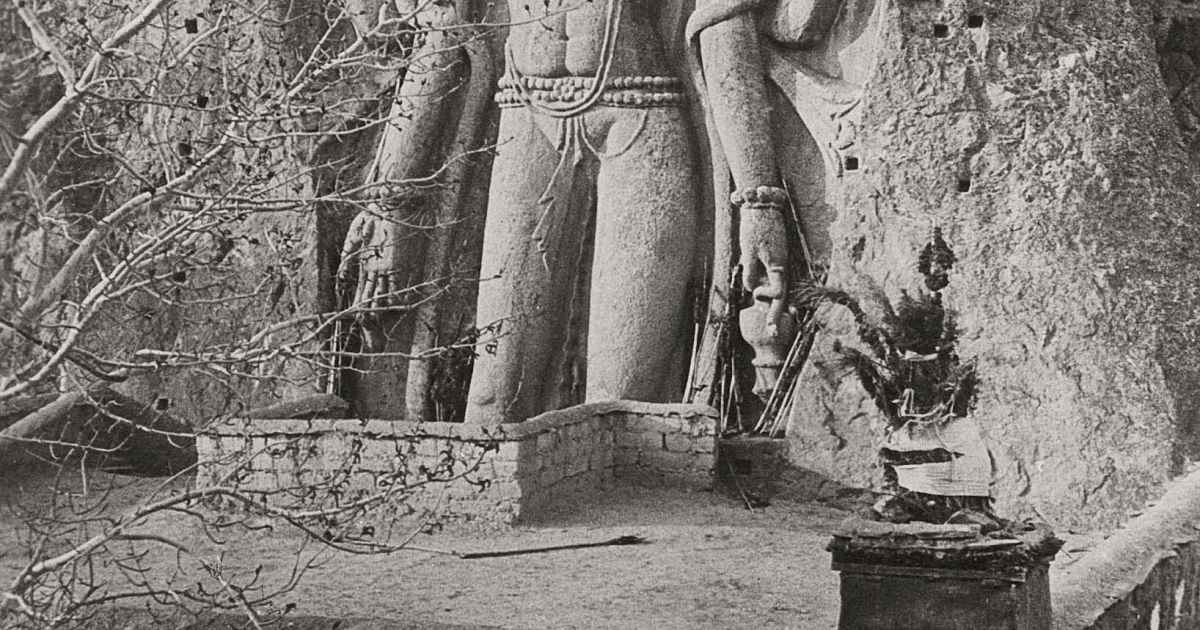[video]
I think this altai petroglyph shows that 7 headed Sky father, mother earth, their 7 children and a tree of life.
"In religious or mythological cosmology, the seven heavens refer to seven levels or divisions of the Heavens. The concept, also found in the ancient Mesopotamian religions, can be found in Judaism and Islam; the Christian Bible does not mention seven levels of heaven, it mentions three; a similar concept is also found in some other religions such as Hinduism."
- Sun shield mark on petroglyph is "earth" by Hopi american indian. okunevo also has this mark:
- Aztec had 7 tribes:
"Aztlán (from Nahuatl languages: Astlan, Nahuatl pronunciation: [ˈast͡ɬãːn̥] (listen)) is the ancestral home of the Aztec peoples."
It’s a petroglyph of a mysterious being with two arms two legs and seven heads branching out from a very long neck.
It was first discovered in the Khakassia region of Siberia. According to the experts, it dates back 5,000 years and while some claim it has something to do with astrology it might be something altogether different we can’t even hope to comprehend.
Let’s take a look at the Hindu goddess Manasa who is depicted as an ordinary woman with a couple of extra arms and seven cobra heads fanning out behind her ordinary head.
It may not look exactly the same as the petroglyph from Siberia but it’s the same basic idea: a great deity with seven heads.
Moving on to Hinduism we find beings with seven heads all throughout ancient mythology too.
seven the Greek hero Hercules had to slay the hydra which is a beast with seven heads.
Cultures from Mongolia to Iran all had some kind of monster with the same amount of heads and they were almost always serpent heads.
Even in Mexico, a sculpture has been found depicting a popular deity with seven snakeheads.....
This was found in Veracruz. It’s the Aztec goddess of fertility Aparicio.

Mystery of the 7-Headed Deities Found Around the World Has Now Been Solved! | Prophecy | Before It's News
How is it possible that this seven-headed figure can be found in ancient civilizations from all across the world? Jonathan Kleck presents the understanding he received from the LORD God, which explains the mystery behind this most bizarre "seven-headed" serpent female deity.beforeitsnews.com
I think this altai petroglyph shows that 7 headed Sky father, mother earth, their 7 children and a tree of life.
"In religious or mythological cosmology, the seven heavens refer to seven levels or divisions of the Heavens. The concept, also found in the ancient Mesopotamian religions, can be found in Judaism and Islam; the Christian Bible does not mention seven levels of heaven, it mentions three; a similar concept is also found in some other religions such as Hinduism."
Greek religion and philosophy[edit]
"Each of the seven heavens corresponds to one of the seven classical planets known in antiquity. Ancient observers noticed that these heavenly objects (the Moon, Mercury, Venus, the Sun, Mars, Jupiter, and Saturn) moved at different paces in the sky both from each other and from the fixed stars beyond them. Unlike comets, which appeared in the sky with no warning, they moved in regular patterns that could be predicted.[2] They also observed that objects in the sky influenced objects on earth as when movements of the sun affect the behavior of plants or movements of the moon affect ocean tides."- Sun shield mark on petroglyph is "earth" by Hopi american indian. okunevo also has this mark:
- Aztec had 7 tribes:
"Aztlán (from Nahuatl languages: Astlan, Nahuatl pronunciation: [ˈast͡ɬãːn̥] (listen)) is the ancestral home of the Aztec peoples."




